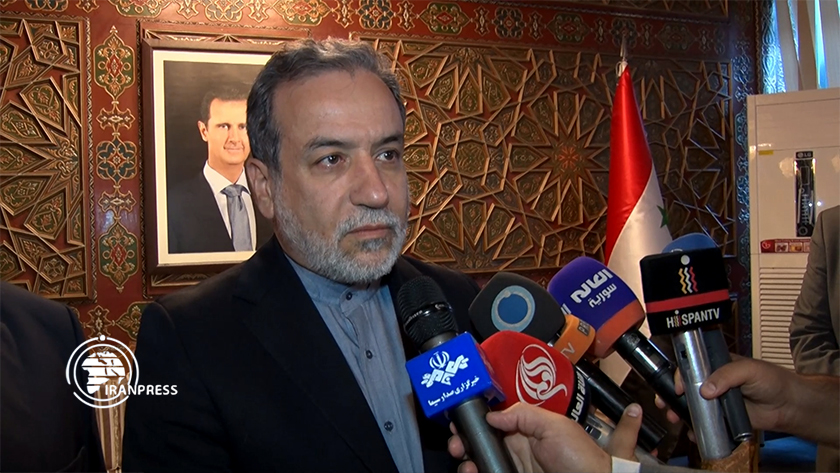Tensions and Diplomacy in the Middle East: Iranian Diplomat Abbas Araghchi’s Strategic Mission
The geopolitical landscape of the Middle East is often punctuated by protracted conflict and complex diplomatic efforts. Amidst the most recent tensions, Iran’s high-ranking diplomat, Abbas Araghchi, has embarked on a crucial mission aimed at facilitating peace and strengthening alliances in a region fraught with historical and ongoing turmoil. In a statement made at Damascus Airport, Araghchi underscored the pressing need for ceasefires in Lebanon and Gaza, regions historically in the crosshairs of conflict.
The Diplomatic Mission
Araghchi’s latest diplomatic journey, which included significant stops in Beirut before reaching Damascus, reflects Iran’s active efforts to mitigate conflict and build regional alliances. In Beirut, the heart of Lebanon—a country marred by political instability and economic distress—Araghchi held substantial talks with Lebanese government officials and other influential figures. These discussions were aimed at addressing and easing the tensions that have historically plagued the region, spurred by the activities and policies of neighboring entities.
Calls for Ceasefire
Central to Araghchi’s mission is the call for enduring ceasefires in both Lebanon and Gaza. These areas have been sites of recurring hostilities, with Lebanon experiencing tensions primarily due to its proximity to Israel and internal political factions, and Gaza enduring long-standing strife largely in the context of the Israeli-Palestinian conflict. Araghchi’s diplomatic overtures reflect a broader attempt to not only halt the immediate violence but also cultivate a more sustainable peace framework through dialogue and cooperation with regional partners.
Iran’s Strategic Interests
Araghchi’s comments about the "Zionist regime" highlight Iran’s persistent stance against Israel, a country it views as a significant destabilizing factor in regional peace efforts. Iran’s foreign policy has long been characterized by its opposition to what it perceives as Israeli aggression towards its neighbors, including persistent military actions in Gaza and Southern Lebanon. Araghchi emphasizes that Israel’s actions continue unabated, framing them within a narrative of hostility and reinforcing Iran’s strategy of building alliances to counterbalance Israeli influence.
Broader Discussions and Regional Consultation
Beyond immediate ceasefire advocacy, Araghchi’s visit to Damascus also included broader discussions on bilateral and regional cooperation, encompassing economic and cultural dimensions. The talks in Syria, an ally of Iran, were designed to solidify strategic ties while simultaneously addressing the unfolding developments in the region. Syria’s ongoing civil unrest and economic challenges make it a pivotal player in Iran’s regional diplomatic strategies.
Historical Context
The Middle East has long been a theater of conflict, with the Arab-Israeli tensions being one of the most persistent and complex issues. The Lebanese Civil War, the creation of Hezbollah, frequent Israeli incursions, and sustained Palestinian-Israeli hostilities provide a backdrop that informs the current diplomatic moves by actors like Iran. Regional ceasefires, when achieved, offer a temporary respite but are often fragile due to the interwoven socio-political and ethnic fabric of the region.
Conclusion
Araghchi’s diplomatic efforts echo a broader regional yearning for stability amidst a backdrop of historical animosities and ongoing skirmishes. By fostering diplomatic dialogues and pushing for ceasefires, Iran aims to position itself as a key player in shaping the future of Middle Eastern geopolitics. The continuation of such diplomatic initiatives perhaps holds the potential for de-escalation in an area historically marked by relentless conflict.
As the situation evolves, observers and participants alike hope that these diplomatic engagements can open pathways to enduring peace in a region desperately in need of hope and recovery.
